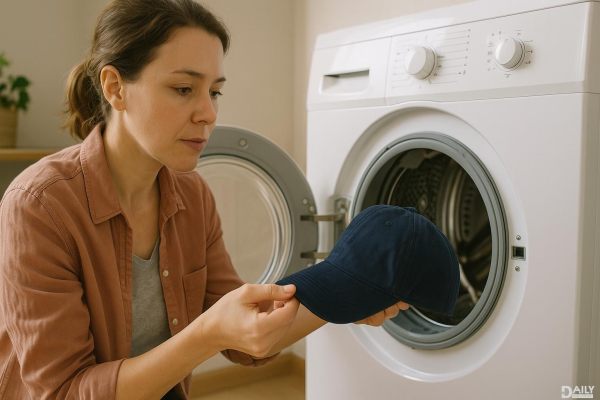According to statistical analysis, patients with nasal skin allergies account for about 30% of the total population, asthma patients account for about 10%, and patients with atopic dermatitis account for about 5-10%. Among them, the proportion of children is even higher. In a 2007 survey by the health department, it was found that among first-grade students, about 50% had nasal skin allergies, and about 20% had asthma. In other words, out of every 10 people, 7 have skin allergies!
Among them, 90% of children with allergic rhinitis are allergic to dust mites. Scientific research shows that 75% of households have dust mites. In a sampling of Taiwanese households, it was found that there are an average of 2,000 dust mites per gram of indoor dust. Why are dust mites so common in Taiwan? Because they thrive in environments with temperatures between 20°C to 30°C and humidity levels between 60% to 80%.
The feces, larvae, and corpses of dust mites can cause allergies, especially their feces, which are the primary allergens. When these allergens enter the body, they can damage the mucous membranes of the respiratory tract, triggering an inflammatory response (allergy). If they come into contact with the skin, they can cause itching and swelling. So, how can we reduce exposure to dust mites?
10 Ways to Reduce Dust Mites:
1. Use wooden or stone flooring.
2. Avoid using carpets and wall hangings: Carpets, wall hangings, and thick curtains are fabrics that easily accumulate dust. If you must use them, have them dry-cleaned regularly, as only dry cleaning can completely remove dust mites.
3. Use fabric sofas: Opt for wooden chairs or fabric sofas and avoid using fabric sofa cushions.
4. Use a dehumidifier: Dust mites cannot survive in environments with humidity levels below 55%. It's recommended to place a hygrometer to monitor humidity levels.
5. Regularly replace filters: Have family members who are not allergic to dust mites regularly replace the filters in your air conditioner, dehumidifier, and air purifier.
6. Wash bedding with hot water: Bedding is prone to dust mites. Wash sheets, pillowcases, and other bedding once or twice a week with 60°C hot water, or take them out to sunbathe once a week to kill dust mites before washing. Although high temperatures can kill dust mites, they cannot remove their corpses and feces, so frequent washing is still the best way to get rid of dust mites.
7. Use anti-dust mite bedding: If your budget allows, consider purchasing anti-dust mite bedding to reduce exposure to dust mites and their feces.
8. Keep pets out of the bedroom: Pet hair is also a breeding ground for dust mites, so try to keep pets out of the bedroom.
9. Maintain ventilation: Keep areas of the house that are prone to dampness, such as bathrooms and kitchens, well-ventilated to reduce humidity.
10. Dry wet clothes outdoors: After washing clothes, hang them outdoors to dry, keeping indoor humidity levels low.
























